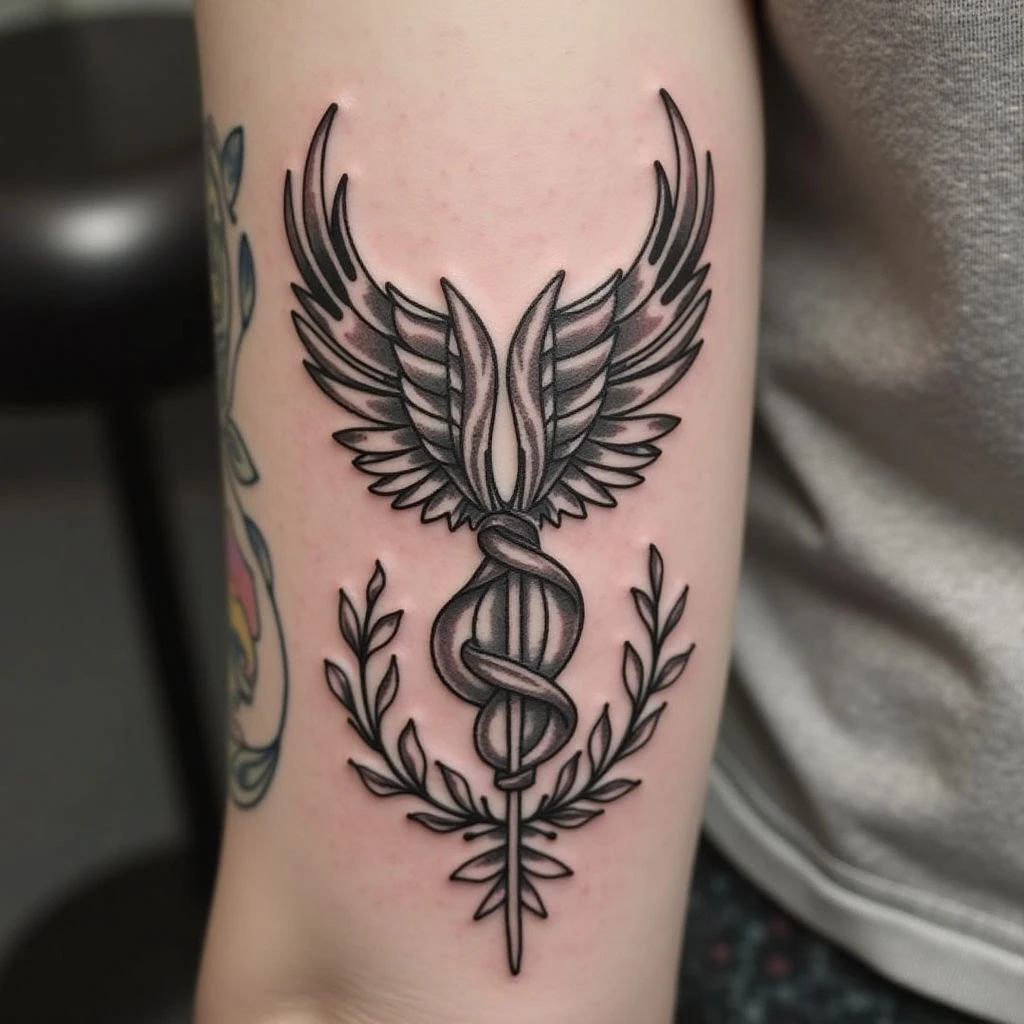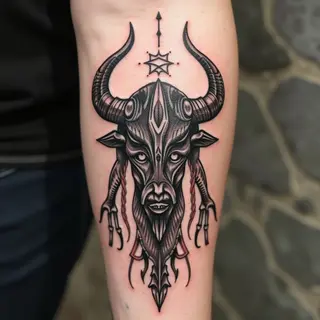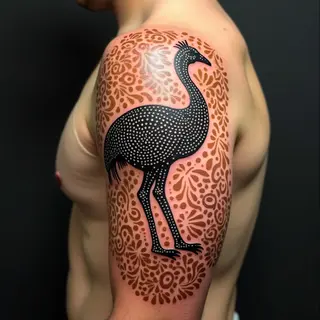Understanding Flash Tattoos: A Deep Dive into History and Culture
A Historical Glance: Sailor Roots
The concept of 'flash' originated with sailors in the late 18th and early 19th centuries. When ships docked in ports, sailors would visit tattoo artists to commemorate their journeys and experiences. Tattooers, recognizing the demand for readily available designs, created pre-drawn sheets – ‘flash’ – showcasing a range of popular images like anchors, swallows, mermaids, and nautical stars. These flash designs served as both inspiration and a convenient way for sailors to choose tattoos quickly during limited shore leave. The artists would display these sheets, or 'flash,' prominently in their shops.
What is Flash Today?
Today, ‘flash’ still refers to pre-drawn tattoo designs displayed by tattoo artists. While the traditional nautical themes are still present, flash has evolved considerably. You'll find a diverse range of styles and subjects – from classic Americana to neo-traditional, Japanese imagery, geometric patterns, and even custom artwork created by artists as personal projects.
Why Choose Flash?
Cost-Effective
Flash designs are typically priced lower than fully custom pieces because the artist has already done the design work. This makes them a great option for those on a budget or looking for something simple and classic.
Quick Process
Because the design is pre-existing, the tattooing process can often be faster compared to custom tattoos that require consultations and multiple drawing sessions.
Unique Styles
Flash provides exposure to different artistic styles you might not have considered before. It's a great way to discover new artists and designs.
Where to Find Flash?
Tattoo shops typically display flash sheets on their walls, showcasing the artist’s available designs. Many artists also share their flash online through social media platforms like Instagram or websites.
More Than Just Ink
The term 'flash' holds a special significance within the tattoo community, representing tradition, artistry, and a connection to the rich history of tattooing.


